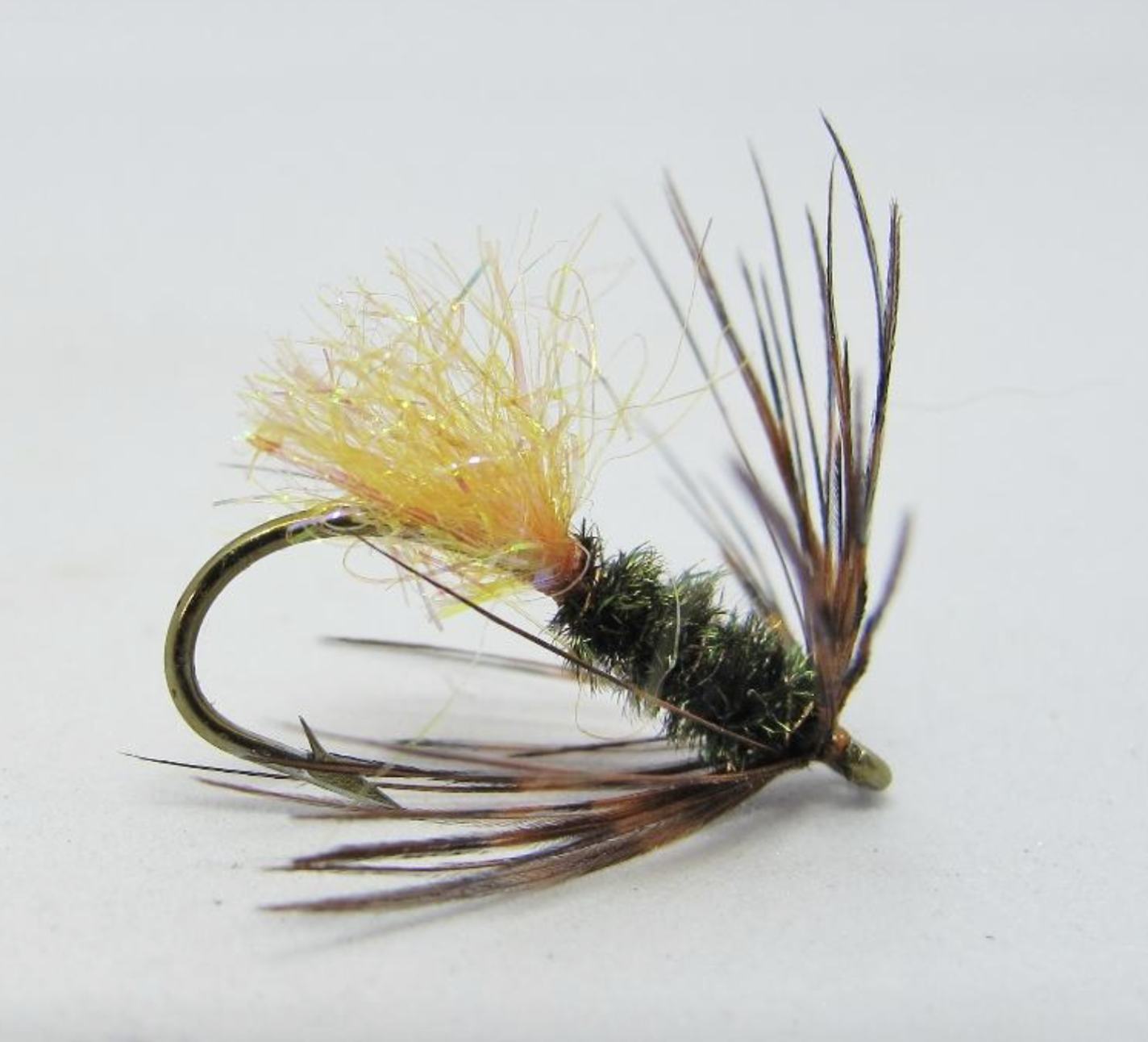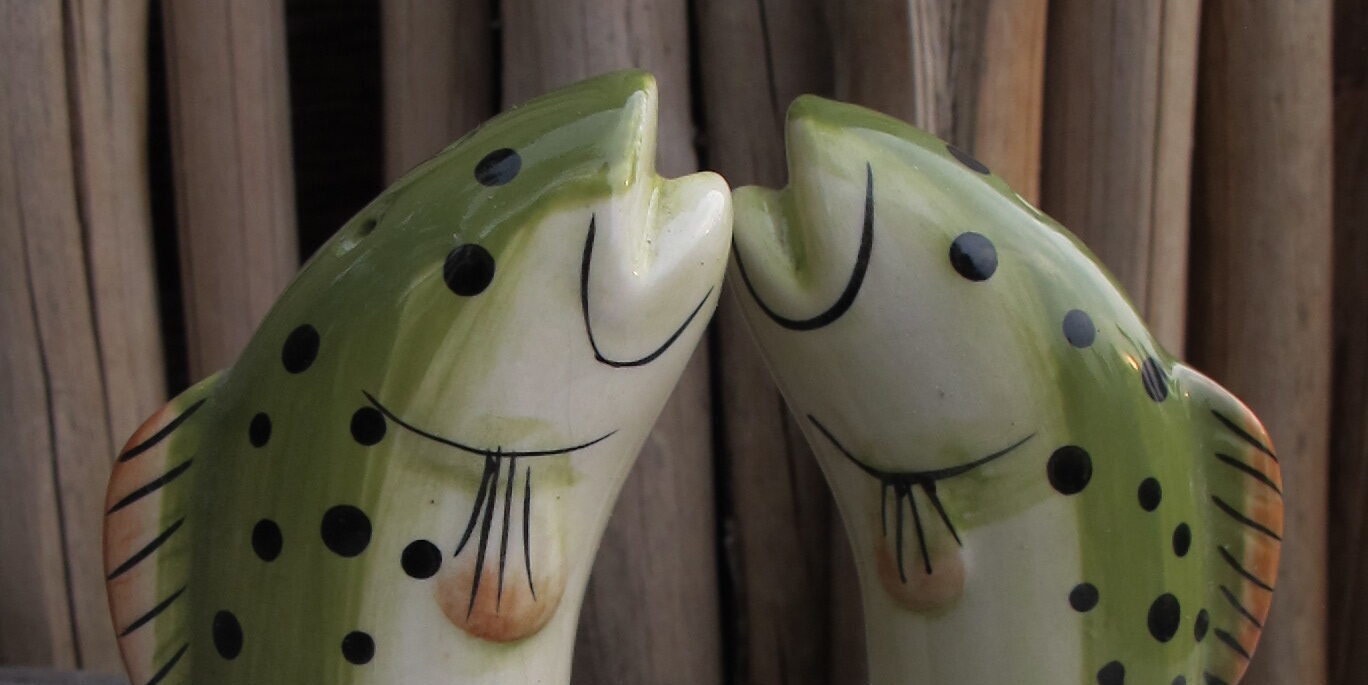The Treacle Parkin: Dressing & Recipe
“… What did they live on?” asked Alice, who always took a great interest in questions of eating and drinking. “They lived on treacle,” said the Dormouse, after thinking a minute or two.  … Become a member of Swing the Fly To read this article and receive other special member-only benefits, including the Anthology annual coffee table […]
The Last Canoe
“You can’t choose your relatives – and everybody has a cross to bear. Cousin Barry is mine.”
Vacuuming The Blue Line
Steven Bird revisits days of old, and the often overlooked success of swinging the small water.
Two Claves ~ A September Journey
Join Steven Bird as he recreates the summer spey claves from last year. Find out about the inner workings of Bruce Kruk and what he holds dear.
Hackling Spiders and Flymphs
There is no single correct way to hackle a wee fly, and there are a handful of ways to get the job done, but hackling is important to the proper construction. And some ways are better than others. Following is the most effective method of hackling I’ve found.
Mojo Sculpin
The Mojo Sculpin earned its name and a permanent place in the box the past couple seasons, turning the trick on early spring pre-spawn rainbows and also accounting for some nice brown trout. The hackle-head design works well to simulate the sculpin profile while providing a natural color blend and much breath and pulse, creating the illusion of mass, without bulk. Sinks quicker than a clipped deer hair muddler head.
Fly of the Month: Skwala (part 2)
Prior to the writings of G.E.M Skues emphasizing the importance of the nymph, most of the old English wetflies and Yorkshire spiders were dressed to simulate the adult phase of waterborn naturals, a phase that, at times, can be more important than the nymph, particularly with larger insects like green drake, October caddis, or the larger stonefly species producing seasonal emergences and a lot of adults accumulating through the hatch season.
Fly of the Month: Skwala
In the West, skwala stoneflies signal the beginning of the year’s parade of water-born insects and are a real opportunity for hatch-matching while there is still snow on the ground.
Love Pink
I’ve never been able to get a handle on the value metrics we attribute to fish. Why do we consider certain salmonid species more desirable than others? Would we think that way if we hadn’t been influenced and acculturated with the prevailing notions of others?
Hatches: Spotted Sedge
Spotted sedge (Hydropsyche), with at least 25 sub-species in the West, as well as Midwestern and Eastern counterparts (all very similar), could be considered one of the most important, if not the most important, insect to practitioners of trout spey and swinging wetflies.
Speying the Hatch
The need to “match the hatch” was a facet of trout fishing with flies that intrigued me the most as a young angler and still abides as a source of entertaining and satisfying challenges. It’s an aspect of our game that separates steelhead and salmon fishing from trouting. Trout are actively feeding (more or less), a habit that adds quite a bit of nuance to our angle of pursuit, including presentations outside the classic step and swing salmon/steelhead approach.
Big Rods, Wee Flies
As Trout Spey continues to grow in popularity we encounter information outlining the applications of two-handed rods designed for trouting. This info is fairly sound, except too often we are told the lighter weight Trout Spey rods are most suitable for presenting wee soft-hackle flies, while the hea… Become a member of Swing the Fly […]












